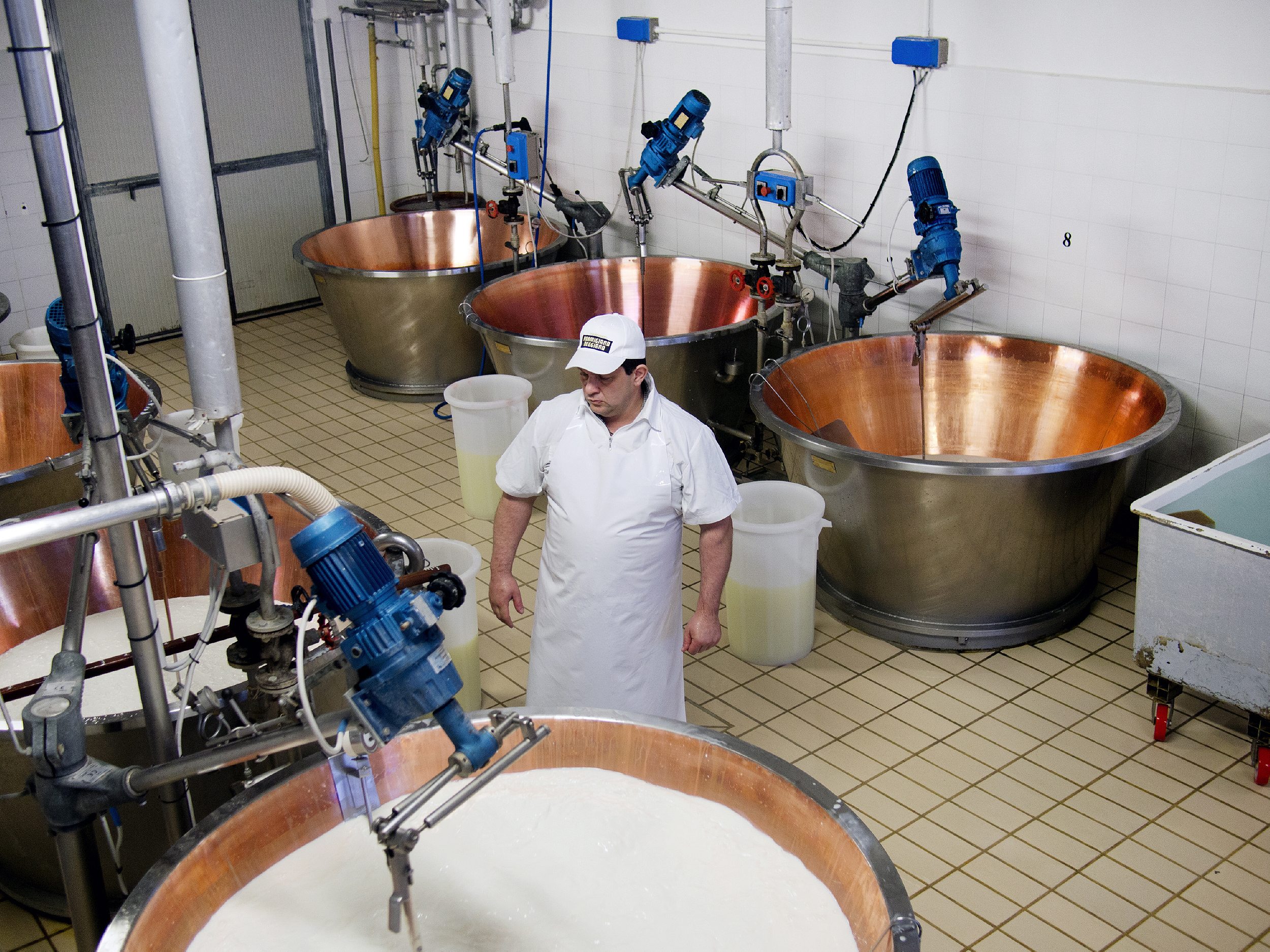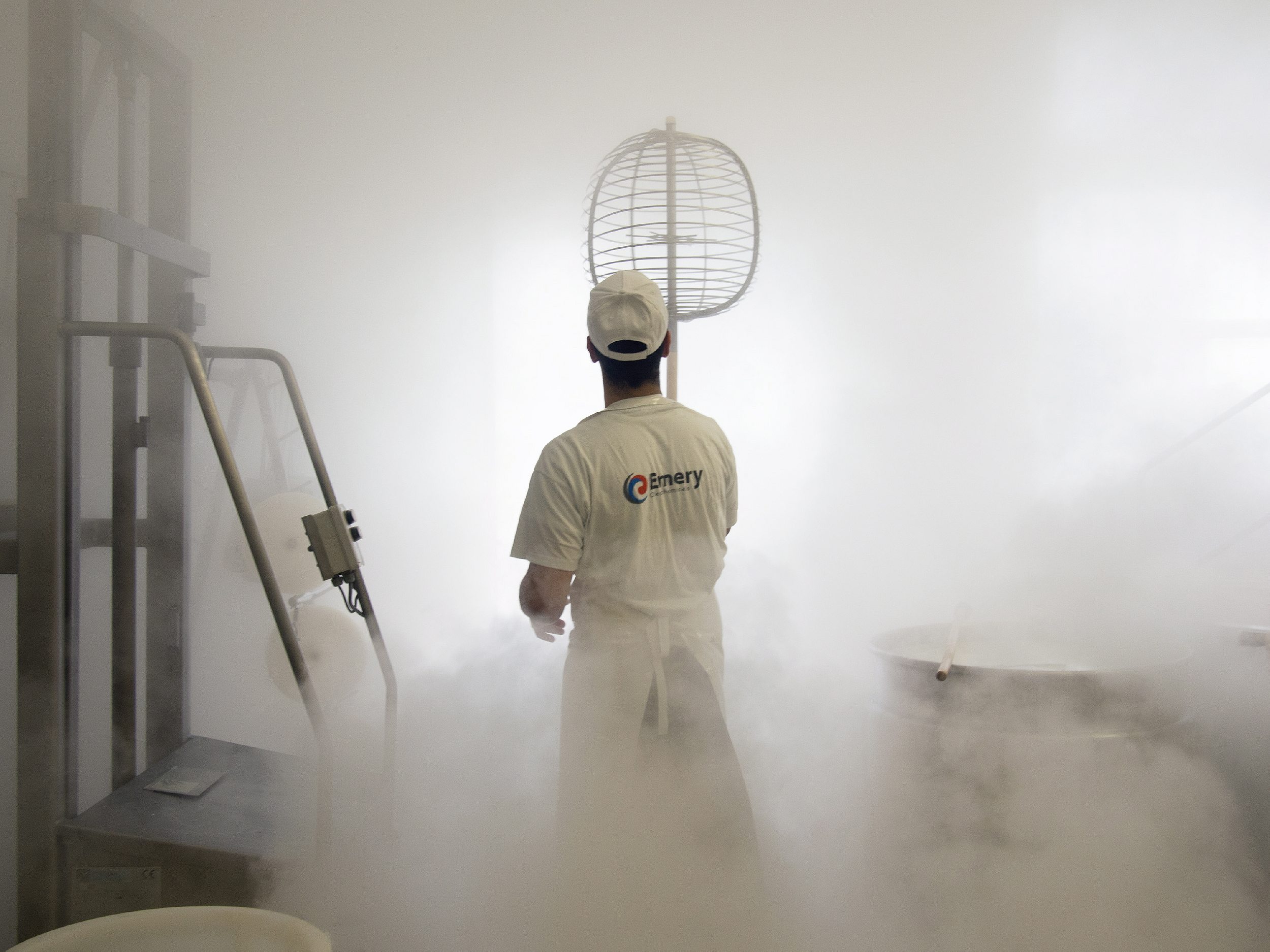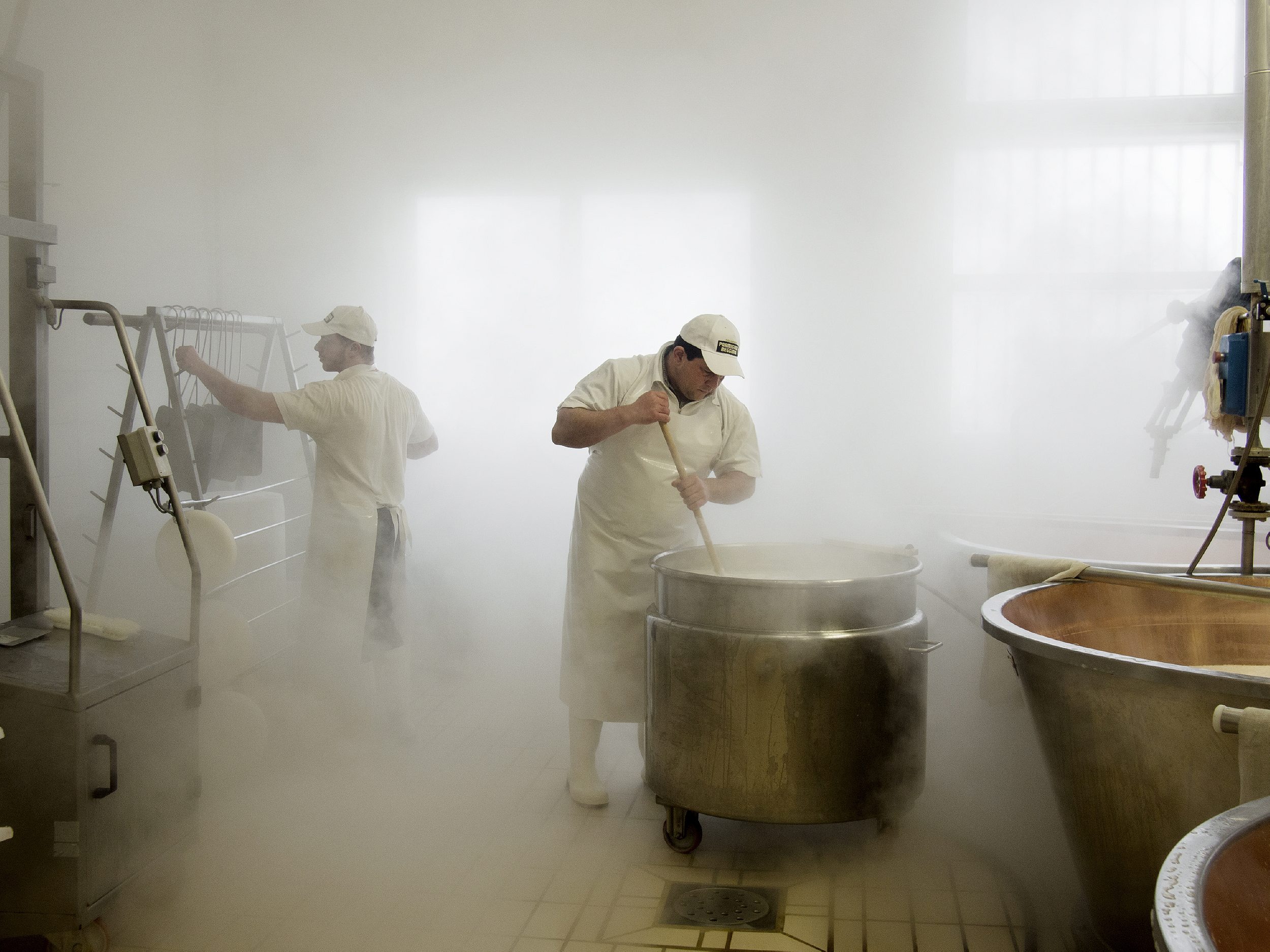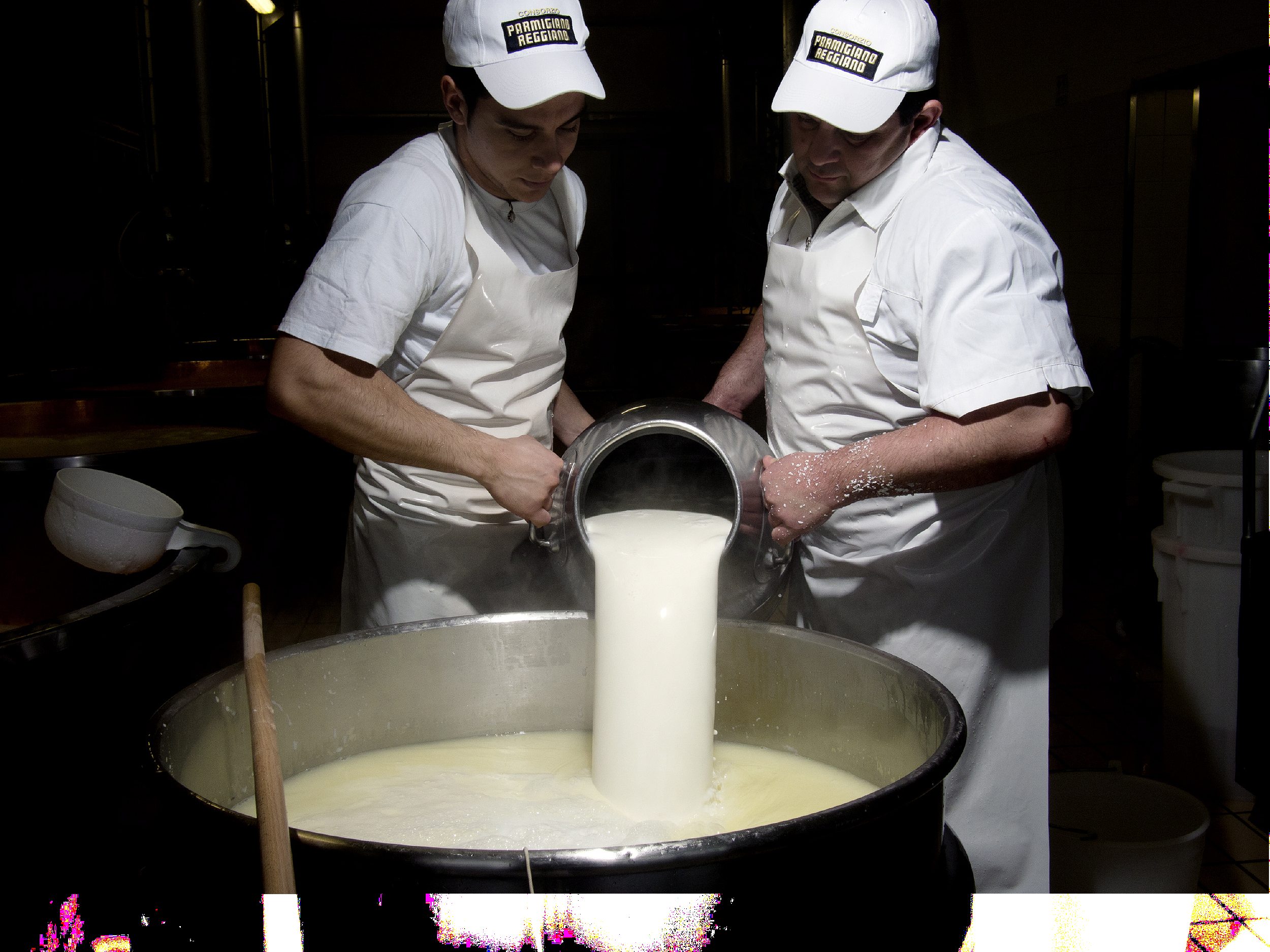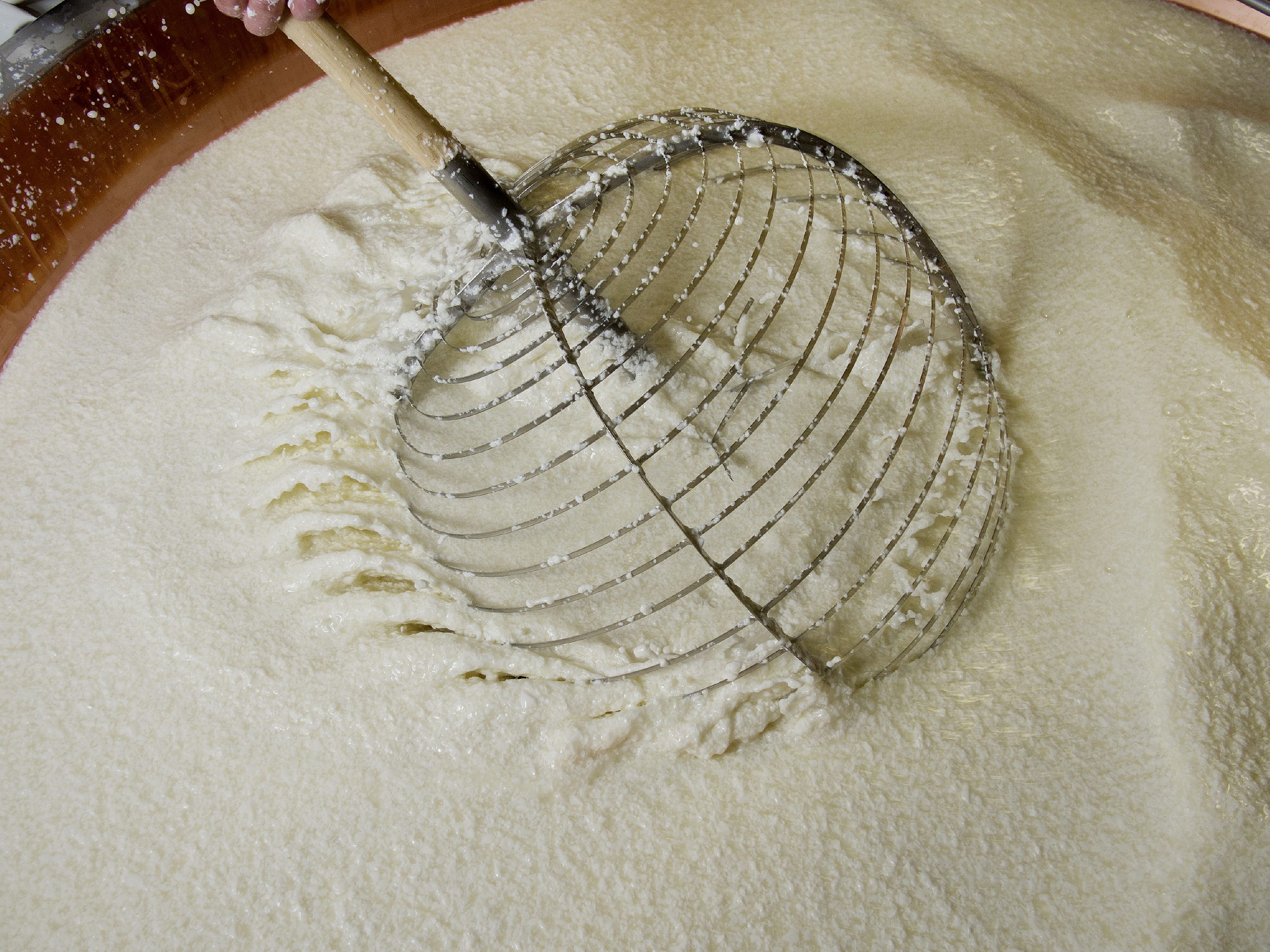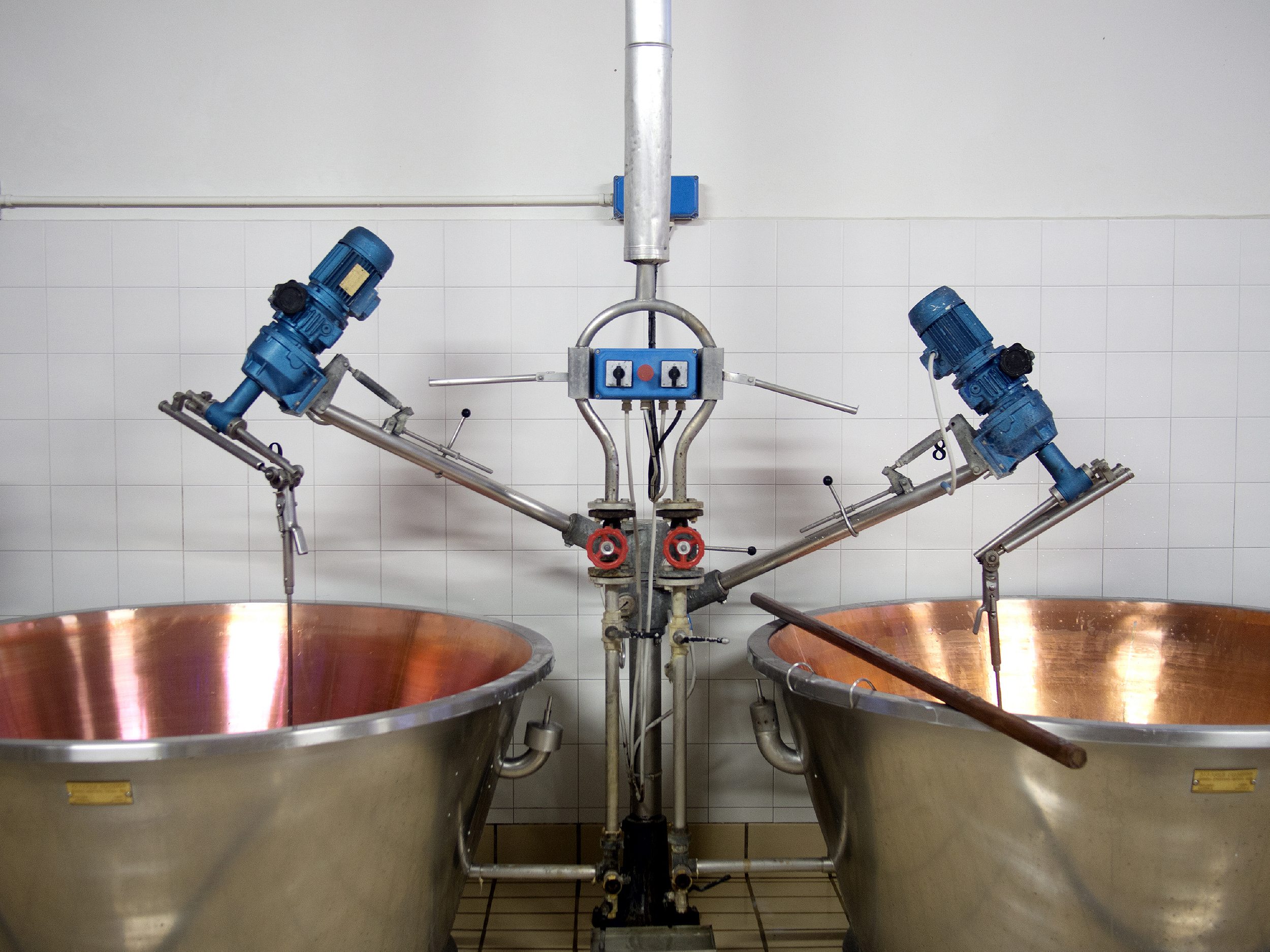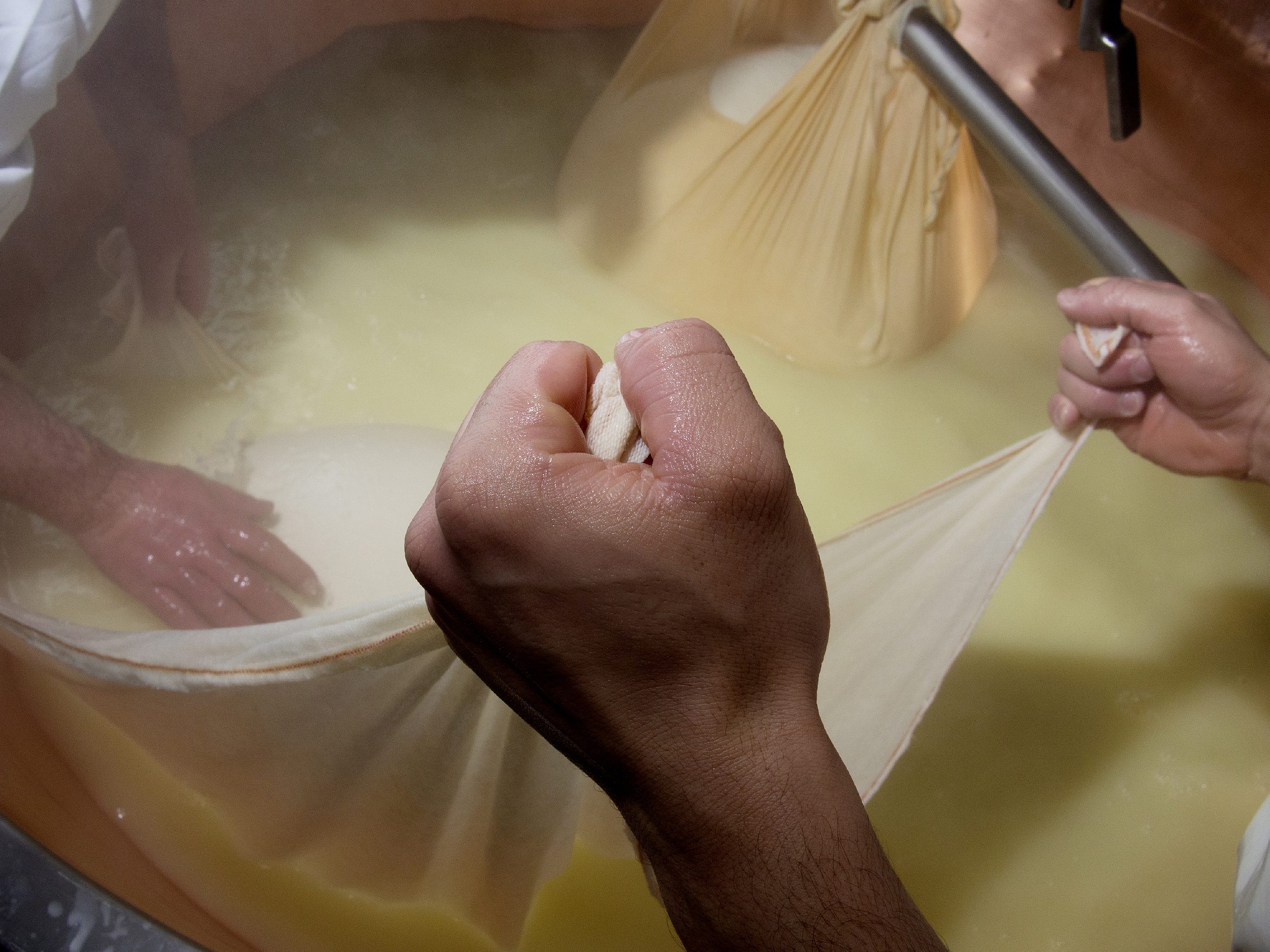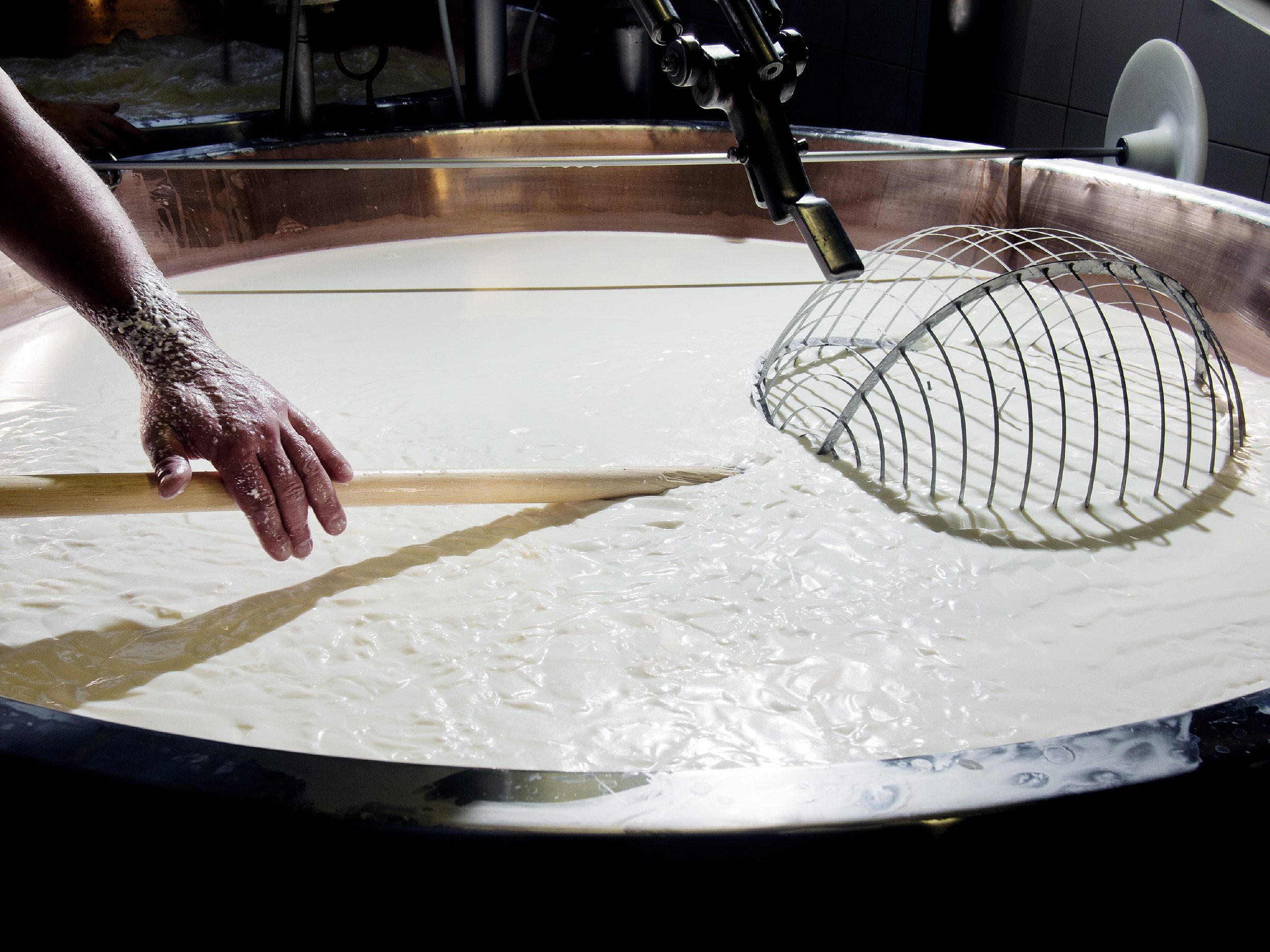The Italians have never been shy when it comes to claiming culinary superiority, so it’s not surprising that they casually refer to Parmigiano-Reggiano, those massive wheels of aged cow’s milk cheese produced in central Italy, as “the undisputed king of cheeses”. Lovers of French triple crèmes, English blues, Spanish sheep’s milk, and Swiss cave-aged creations might dispute the coronation, but one thing is absolutely certain: no cheese is more vital to the entirety of a cuisine than Parmigiano is to Italian food. In its most basic form, we know and love it as a pasta condiment, a final flourish to add saltiness and funk to whatever tangle of tagliatelle or nest of gnocchi it crowns. But its reach goes far beyond spaghetti—enriching eggs in frittata, binding beef and pork in meatballs, and crusting eggplant in purple planks of melanzane alla parmigiana, to name a few of its hundreds of vital applications. Without Parmigiano, Italian food as we know it today would be a fundamentally different animal.
But not all is well in the Kingdom of Parmesan. The cost of raw materials in recent years has gone up, while the wholesale price of the cheese continues to slide backwards. Compounding the tricky calculus is an economic downturn in Italy and beyond that continues to hurt overall sales. But the biggest concern for the makers of this noble cheese is the growing cast of imitators around the world—from the hulking wheels of Reggianito in Argentina to the green shake canisters in the U.S. (the world’s largest and most audacious Parmesan counterfeiter). In 2014, fake Parmesan sales surpassed real ones for the first time ever, representing a loss of 60 billion euros to the Italians, according to some estimates.

Anything bearing the name and the stamp of Parmigiano-Reggiano must adhere to a long list of strict criteria: It must be produced in one of five provinces in Emilia Romagna in central Italy (home to many of Italy’s greatest culinary treasures, including ragu), it must be made with unpasteurized milk from grass-fed cows, it must be aged a minimum of 12 months (though some small-batch producers age the cheese for up to 5 years). And all of this must be overseen by the Consorzio Parmigiano-Reggiano—the cheese police.
To document the rigors of true Parmigiano production, photographer Alessandro Sala visited Caseificio Sociale Coduro, a midsize producer on the outskirts of Fidenza. What he found is a reminder that while Parmesan may have many imitators, it has no equal. —Matt Goulding
